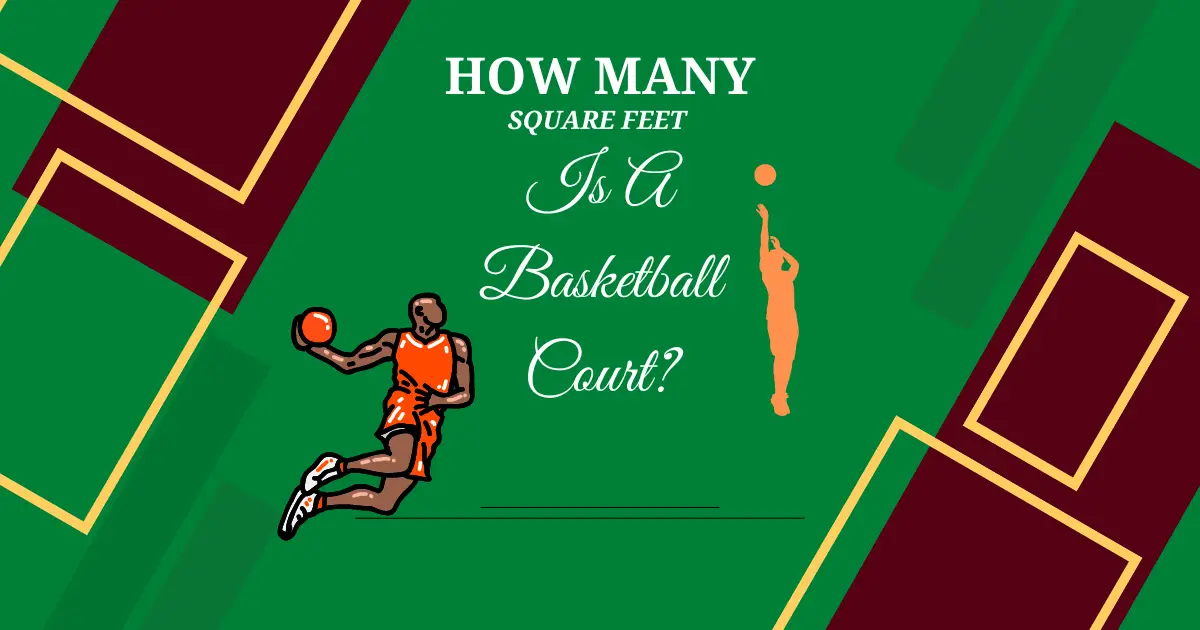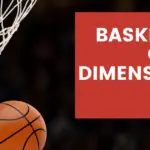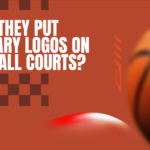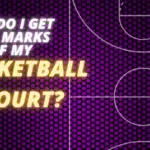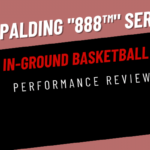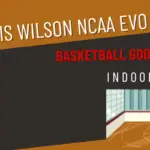Basketball is one of the most popular sports in the world, and many people are curious to know how much space a regulation court takes up. Generally, a basketball court has an area of 94 feet by 50 feet, making it 4700 square feet. That’s enough room for an NBA or WNBA game and a high school regulation match.
Basketball Court Sizes In Square Feet:
NBA And WNBA
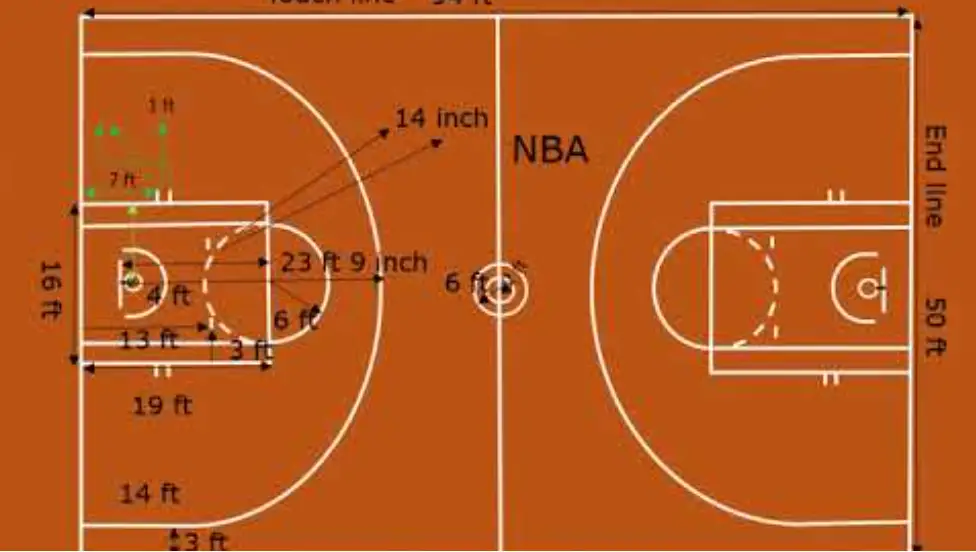
The NBA and WNBA require a court size of 94 feet by 50 feet or 4,700 square feet. This includes an additional six inches behind each basket to allow players to move freely while shooting.
FIBA
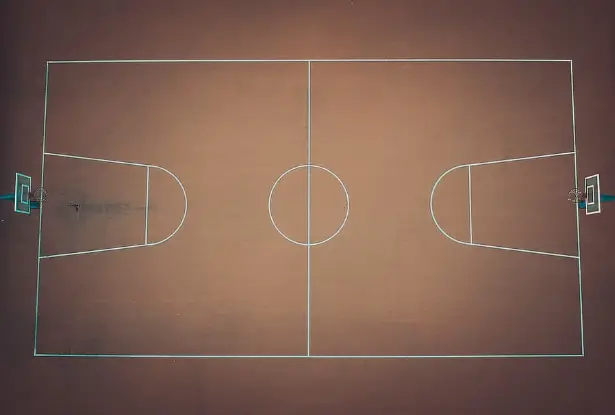
FIBA’s rules state that all official courts should measure 28 meters in length and 15 meters in width, equivalent to approximately 92 feet long and 49 feet wide. This translates to a total area of 4,428 square feet per court.
NCAA And WNCAA
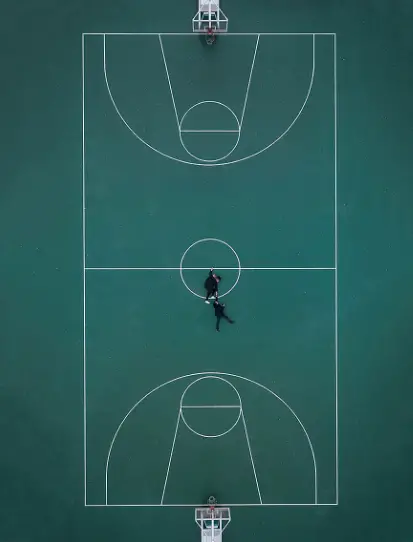
The NCAA requires all men’s college basketball courts to measure 94 feet long by 50 feet wide, which equates to 4,700 square feet; the international game requires a court length of 91.9-feet with a width of 49.2-feet totaling 4,503 square feet. For women’s college games, the WNCAA mandates that all courts measure 84 feet by 50 feet – equal to 4200 square feet – for all regulation games.
High School
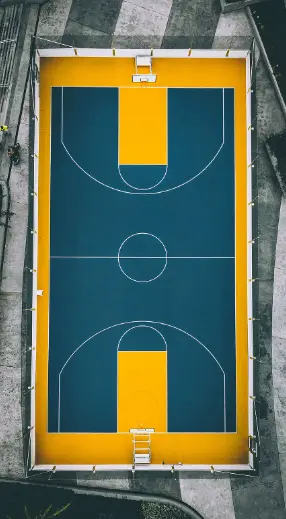
Basketball court sizes can vary greatly depending on the type of game being played, the age group of the players, and even the level of competition. Certain regulations are in place for high school basketball to ensure adequate playing space for all teams. High school courts measure 84 feet long by 50 feet wide, giving a total area of 4200 square feet. This court size is regulated by the National Federation of State High School Associations (NFHS) and the International Basketball Federation (FIBA).
Types Of Basketball Court Surfaces
Hardwood
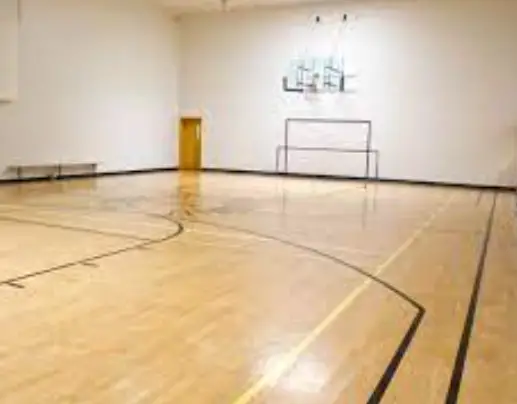
Hardwood provides an ideal playing surface because of its smoothness, durability, and consistent bounce when dribbling or shooting. It also provides superior grip while running up and down the court – something that’s especially beneficial during fast-paced games. Hardwood also requires minimal maintenance compared to other materials like concrete or asphalt; simply sanding down any rough spots as needed will keep hardwood looking pristine throughout years of play.
Concrete
Concrete courts offer an even playing surface that provides uniform grip and traction to players’ shoes. The hardness of concrete makes it an ideal surface for fast-paced movements such as dribbling or jumping and allows balls to bounce off consistently. Additionally, they are long-lasting when cared for properly; regular maintenance like sweeping or pressure washing can help keep the court clean and looking new.
Asphalt
Asphalt surfaces have several benefits to offer compared to other court surfaces. Due to its smooth and even texture, asphalt helps reduce the risk of players slipping and falling while running around on the court. The material also has excellent ball bounce characteristics, making it great for shooting hoops and dribbling drills.
Asphalt courts are also relatively easy to maintain, with regular sweeping and cleaning required only once every few weeks. This makes them ideal for parks, schools, driveways, and other areas with heavy foot traffic requiring low-maintenance basketball playing surfaces.
Sport Tiles
Sport tile surfaces provide several advantages over other types of flooring for basketball courts. They are designed with interlocking pieces that allow for easy installation or removal if necessary. Additionally, sports tiles have excellent shock absorption properties, which can reduce fatigue for players during long games or practices.
Colour options also allow teams and facilities to customize the look of their court as desired. Furthermore, sport tile surfaces require minimal maintenance to be regularly used without major repairs.
Basketball Court Markings:
Basketball court markings are essential for the game of basketball. Without them, players would be unable to identify where certain court areas are located and how far apart from each other they should stand.
Every regulation-sized basketball court is marked with lines that designate out-of-bounds areas, boundaries for crossing over with or without the ball, foul line locations, and even lines that define a 3-point arc. While all courts may look identical to an untrained eye, there are several key differences based on the level of play you compete in at a given time.
At both high school and collegiate levels, the size and dimensions of the court remain consistent across all venues; however, professional leagues have slightly different regulations concerning court markings.
How Much Does An Nba Floor Cost?
The answer can vary greatly depending on various factors such as size, material selection, and installation costs. On average, you’re looking at spending anywhere from $500,000 to over $1 million for a full-size regulation court with professional-grade components.
This includes hardwood flooring panels, accessories such as nets and padding around the court’s perimeter, and other necessary items for completion. The more costly aspect is usually found in special materials used for certain teams or arenas; these materials can considerably increase the total price tag.
Are Nba Floors Real Wood?
NBA courts are made from a variety of materials. While some courts are made of real wood, many are constructed with synthetic materials such as fiberboard or laminate.
These materials offer greater durability and longevity than real wood, which helps to keep costs down while ensuring that the court remains in top-notch condition throughout each season. Additionally, synthetic surfaces often provide better traction and grip during games so players can move more quickly and safely on the court.
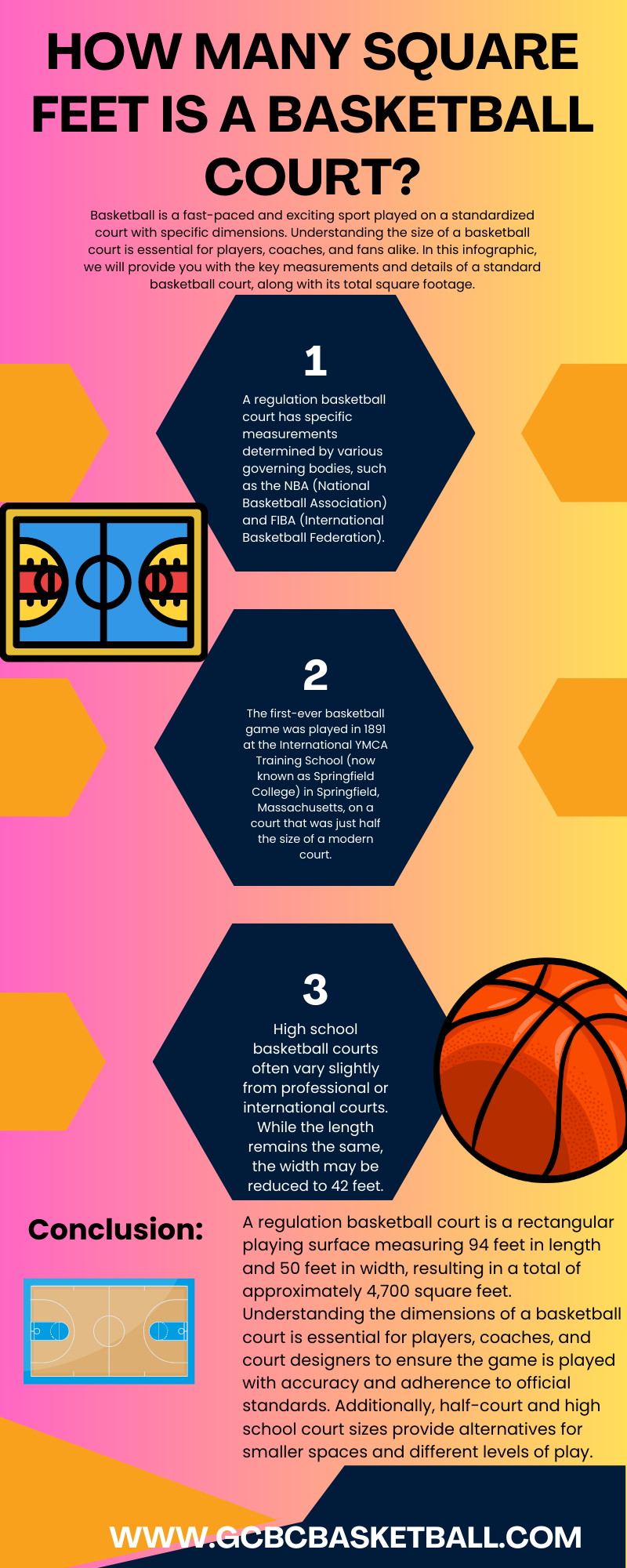
Conclusion:
It is important to understand the dimensions of a basketball court. Generally, a regulation-size basketball court is 94 feet long by 50 feet wide for a total area of 4,700 square feet. However, there are variations in this size depending on the level of play and specific requirements. Before playing or building a court, it is important to know the regulations to allocate space and ensure safety properly.

Clyde Jackson III is a basketball coach and the founder of GCBC Basketball, a basketball-related learning and informational website that focuses on helping young players develop their skills on and off the court. With over 15 years of coaching experience, Clyde has worked with players of all ages and skill levels, from beginners to professionals.

